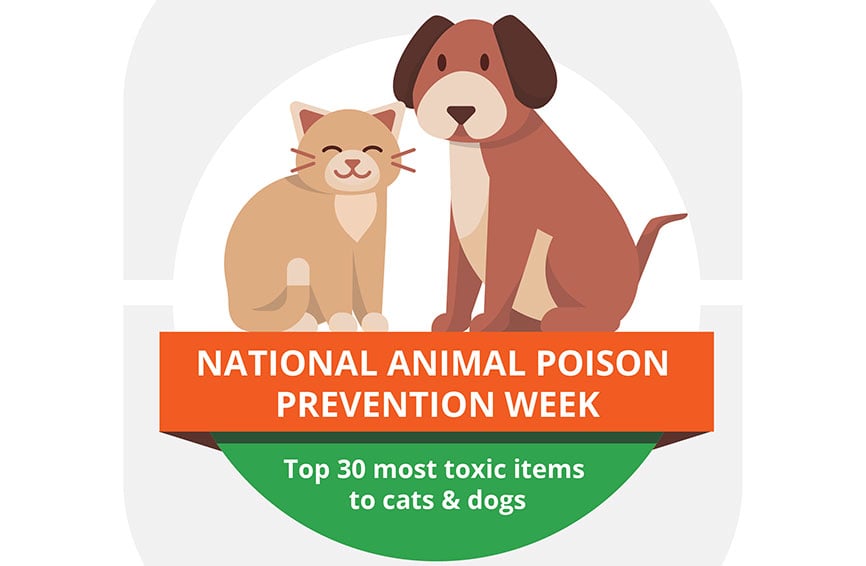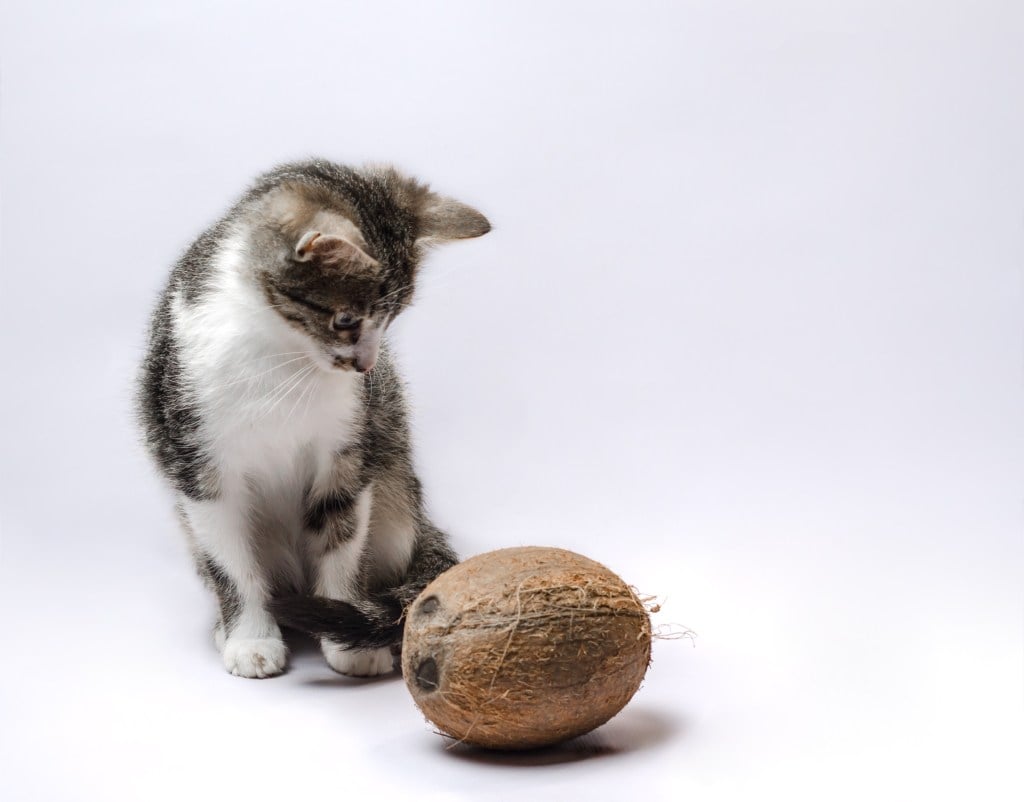Key Takeaways
- Celery contains vitamins A, B, and C and calcium, iron, and potassium.
- Avoid giving large pieces of celery to dogs because they are choking hazards.
- Some pets don’t like the mild flavor of celery.
- Added vegetables and fruits should make up no more than 10-20% of a pet’s diet.
Table of Contents
Yes, dogs can eat plain celery.
Celery is rich in vitamin A, vitamin B, and vitamin C, as well as calcium, potassium, phosphorus, iron, and sodium, this veggie also helps get a little extra water in your dog’s diet. Plus, it freshens breath!
Benefits of celery
The two main components of celery are fiber and water, making it a healthy and hydrating snack. Celery is low in fat and cholesterol and contains vitamins A, C, and K as well as folate, potassium , and manganese.
, and manganese.
By including celery in your dog’s meals, you can help overweight pets on a diet to feel full longer, and with fewer calories. It’s also a great substitute for treats with only a fraction of the calories of regular dog treats. For slow chewers, celery makes a great replacement chew toy; it will keep them busy, it’s edible, and it can help clean their teeth while they chew!
Celery is best fed plain and raw, but for an extra special treat (for dogs who like it), smear a little peanut butter in the groove of a celery stick.
Hazards
Large pieces of celery can pose a choking hazard for small breeds and eager gobblers. Cut celery into small bite-sized pieces if your dog is known to scarf down food too quickly. Because celery has a very mild flavor, some pets may not care to eat it, and that’s perfectly fine—no need to force it.
Remember: your dog gets all the nutrients she needs from her regular food and doesn’t really need celery to be healthy, however it’s a great snack regardless. As a general rule, added vegetables and fruits should make up no more than 10-20% of your pet’s diet.
Want to find out more about what dogs can and cannot eat? Check out our comprehensive guide for more information on “What Human Foods Dogs Can and Can Not Eat.”








